Disclosure: This article contains affiliate links. We may earn a commission from purchases at no extra cost to you, which helps our travel content.
The moment my mask broke the surface of Gizo's crystalline waters, I knew this wasn't going to be like any diving expedition I'd experienced before. Below me lay not just vibrant coral reefs teeming with marine life, but a haunting underwater museum of World War II history—Japanese destroyers, American fighter planes, and supply vessels frozen in time on the seafloor. As someone who typically writes about farmers markets and small-town bookshops, this adventure to the Solomon Islands marked a significant departure from my usual travels. No farmers markets here—just the Pacific's most spectacular underwater historical sites surrounded by some of the most pristine reefs on the planet. For two weeks, I traded my market totes for dive tanks and my bookstore wanderings for underwater navigation through the ghostly remains of a war that forever changed this remote paradise. This is the story of how Gizo's waters transformed this mid-range family traveler into a luxury-seeking wreck diving enthusiast.
Why Gizo's WWII Wrecks Should Be on Every Serious Diver's Bucket List
Growing up with my Mexican grandmother's stories of family resilience and my father's passion for history books, I've always been drawn to places where the past whispers through the present. But nothing prepared me for the profound experience of hovering beside a Japanese transport ship, its metal skeleton now a living reef, or swimming through the cockpit of a downed American Hellcat fighter plane.
Gizo, the second largest town in the Solomon Islands, sits at the epicenter of what was once called 'The Slot'—a narrow channel where some of the Pacific War's most intense naval battles unfolded. Unlike the more crowded wreck diving destinations I've visited in the past, Gizo offers something extraordinary: accessibility to advanced divers combined with an almost spiritual solitude underwater.
The Toa Maru, a 450-foot Japanese transport vessel, remains one of the most intact WWII shipwrecks in the Pacific. Swimming along its massive hull, now draped in soft corals and sponges, I found myself transported back to 1943. Fish darted in and out of cargo holds still containing sake bottles, ammunition, and even the occasional motorcycle part. The juxtaposition of war artifacts against the vibrant marine ecosystem that has reclaimed them creates a diving experience that's both historically profound and visually spectacular.
What makes Gizo truly special is the diversity of its underwater offerings. Beyond the headline-grabbing Toa Maru, you'll find Japanese Zeros, American Corsairs, Hellcats, patrol boats, and numerous smaller vessels scattered across the seabed. Each tells a different story of the conflict that once raged above the very waters we now peacefully explore with our dive computers, tracking our depth and bottom time as we witness history firsthand.
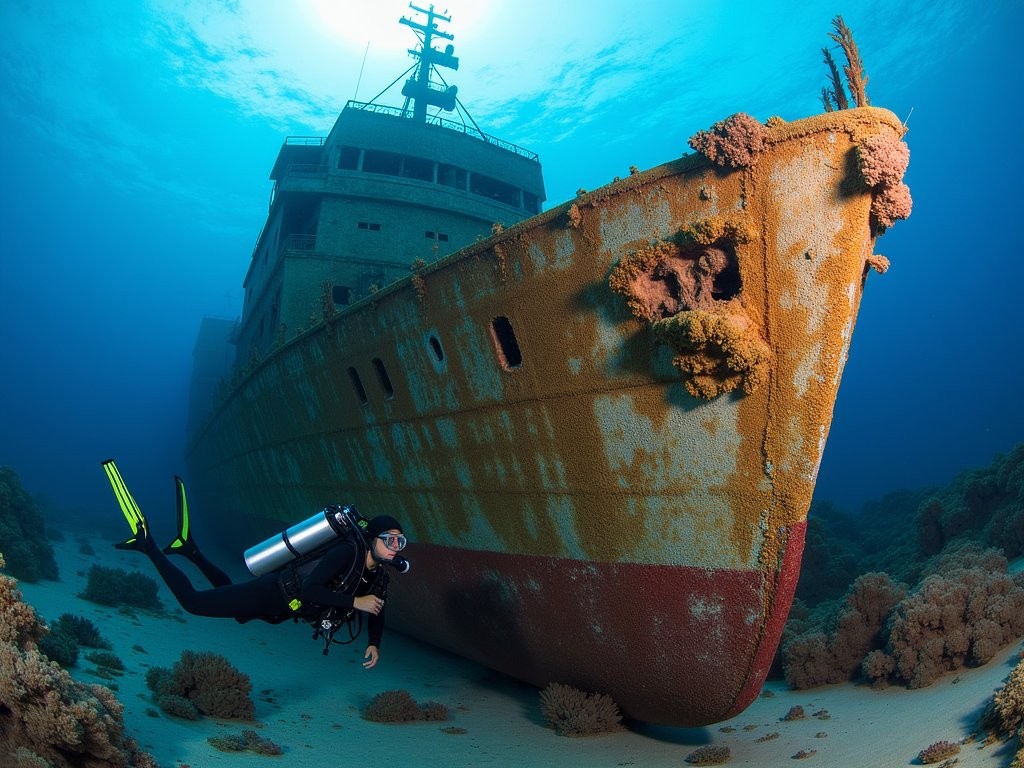
💡 Pro Tips
- The Toa Maru wreck requires at least Advanced Open Water certification due to its depth (30m/100ft at its deepest)
- Book your trip at least 6 months in advance to secure spots with the best dive operators
- Consider hiring a local underwater photography guide who knows exactly where to position you for the best wreck shots
Planning Your Luxury Diving Expedition to Gizo
When I decided to pivot from my usual family-friendly travel style to this advanced diving adventure, I knew I needed to approach planning differently. This wasn't going to be a spontaneous trip like the time my son and I decided to follow the coastal farmers markets of Oregon. Gizo demands preparation, especially for its legendary wreck diving.
I chose to base myself at Fatboys Resort, a stunning overwater bungalow property named after a character from Charles Dickens' The Pickwick Papers (a literary connection that delighted the bookworm in me). From my private deck, I could literally see wrecks in the shallow waters below, a constant reminder of the historical significance of these islands. The resort works with dedicated dive operators who specialize in the technical aspects of wreck diving, essential for safely exploring sites that often exceed 30 meters in depth.
For this expedition, I invested in my own dive gear rather than relying on rental equipment. Having my personally fitted buoyancy compensator made a significant difference in my comfort level during the 3-4 dives we completed each day. When exploring wrecks with potentially sharp edges and tight swim-throughs, equipment you trust becomes paramount.
Dive operators in Gizo typically offer packages that include accommodation, meals, and a set number of dives. I recommend Dive Gizo or Sanbis Resort's dive center, both of which employ guides with encyclopedic knowledge of the wrecks' histories and the marine life that now inhabits them. These guides can tailor experiences to your certification level and interests—whether you're fascinated by the historical artifacts still visible inside cargo holds or more interested in the unique ecosystem that develops on artificial reefs.
One luxury that proved worthwhile was hiring a private dive guide for three days of my trip. Having one-on-one attention allowed me to spend extra time photographing the hauntingly beautiful propeller of a downed fighter plane and exploring parts of the Toa Maru that larger groups typically bypass. My guide, a local Solomon Islander whose grandfather had witnessed the actual battles, provided historical context that no guidebook could match.
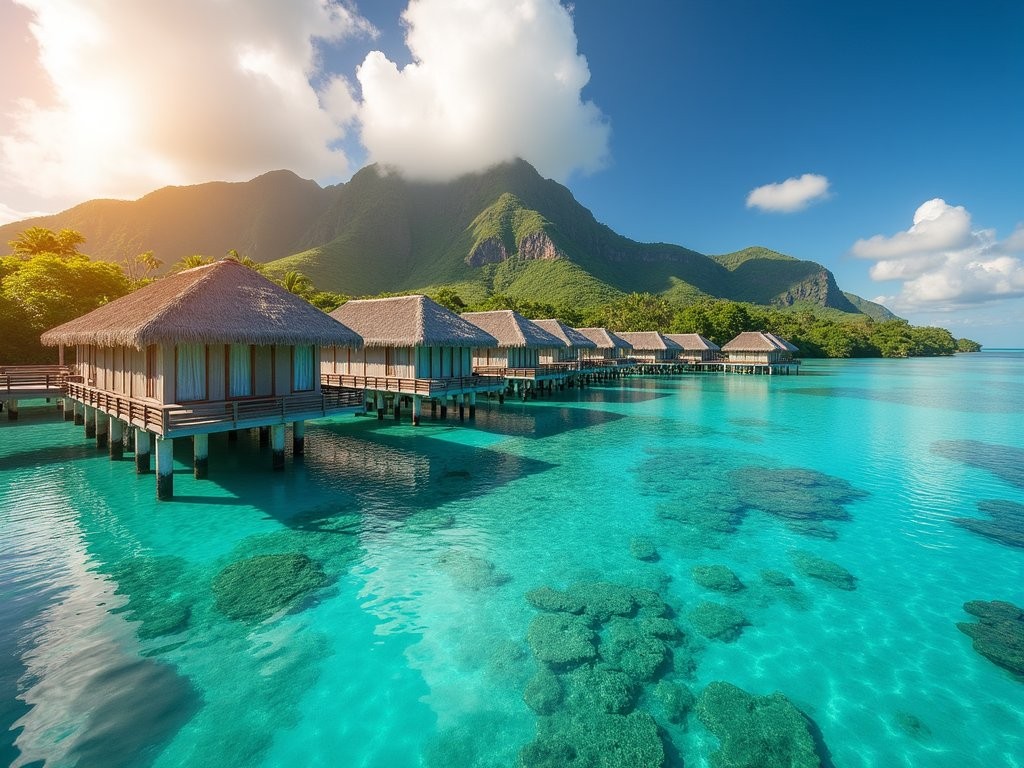
💡 Pro Tips
- Book a package that includes nitrox certification if you don't already have it—it extends your bottom time significantly
- Consider splitting your stay between Fatboys Resort and Sanbis Resort to access different dive sites more easily
- Pre-arrange excess baggage allowance for your flights to accommodate dive gear
The Underwater Museum: Gizo's Most Spectacular Wrecks
My grandmother used to tell me that understanding history requires all your senses. In Gizo's waters, I finally understood what she meant. Each wreck engages you completely—the cool touch of metal that's been underwater for nearly eight decades, the play of filtered sunlight through twisted propellers, the silent testimony of artifacts that outlived their owners.
The Toa Maru
The crown jewel of Gizo's underwater offerings deserves its reputation. This massive transport ship rests on its starboard side in 7-37 meters of water. What makes the Toa Maru exceptional is its accessibility—divers of different experience levels can appreciate different sections. I spent three separate dives exploring its various holds, each containing different cargo: sake bottles in one, artillery shells in another, even a hold containing remains of staff cars and motorcycles.
The ship's bridge and pilot house remain hauntingly intact, and swimming through them creates an intimate connection with the sailors who once navigated these waters under very different circumstances. My underwater torch revealed details inside the darker recesses that would otherwise remain hidden—personal effects, control panels, and the ghostly outlines of the ship's infrastructure.
Fighter Aircraft
Perhaps even more moving than the ships are the fighter planes scattered across Gizo's underwater landscape. The Japanese Zero at Plum Pudding Island (now Kennedy Island, where JFK was stranded during WWII) sits upright in just 8 meters of water, making it accessible even to novice divers. The American Hellcat deeper in Gizo Lagoon requires more advanced skills to reach but rewards visitors with an almost perfectly preserved cockpit.
What struck me most about these aircraft wrecks was their scale—somehow, underwater, these machines of war seem both smaller and more vulnerable than I imagined. Fish dart through cockpits where young pilots once sat, and delicate corals grow from gun mounts that once delivered destruction.
The I-1 Japanese Submarine
For technical divers seeking a truly unique experience, the I-1 submarine wreck near Blackett Strait represents one of the only diveable Japanese submarine wrecks from WWII. Resting at depths between 20-45 meters, this site requires advanced certification and experience, but offers an unparalleled glimpse into submarine warfare technology of the era. The vessel broke in two during its sinking, creating distinct dive sites that showcase different aspects of this formidable war machine.
What makes these wrecks collectively special is their context within Gizo's vibrant marine ecosystem. Unlike artificial wrecks sunk specifically for diving, these vessels and aircraft became part of the ocean through historical circumstance. The result is an integration with the natural environment that feels organic and somehow respectful—nature slowly reclaiming the artifacts of human conflict.
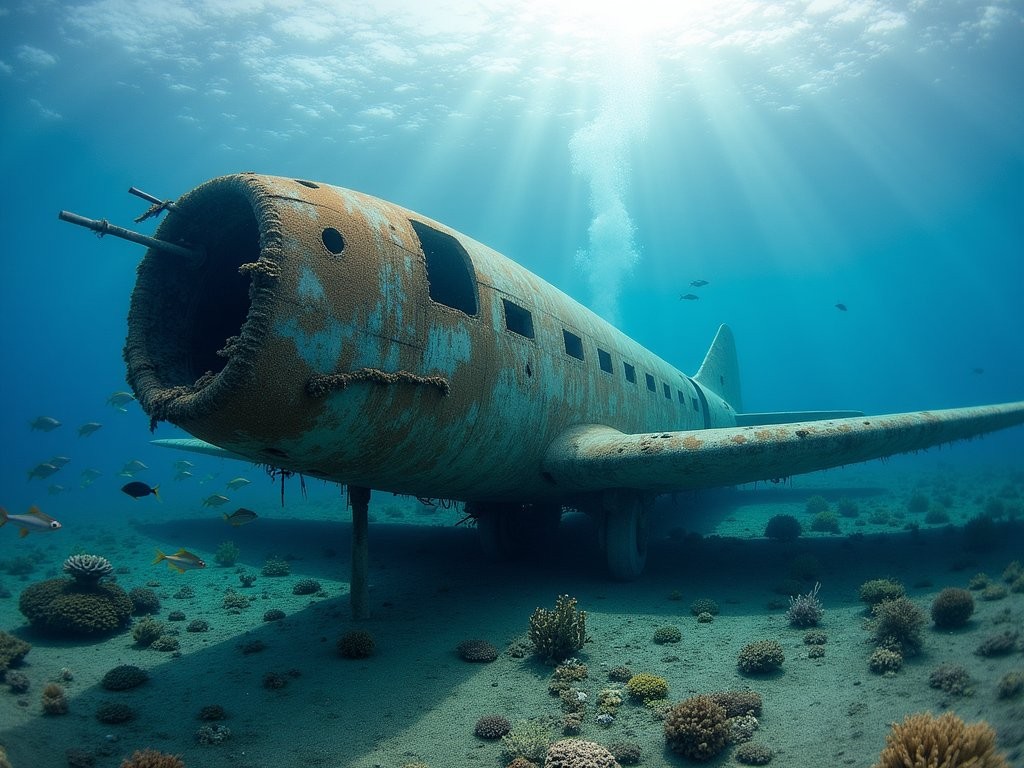
💡 Pro Tips
- Bring an underwater slate to note wreck details and historical information your guide shares
- The Toa Maru is best dived multiple times, focusing on different sections each dive
- When diving aircraft wrecks, approach from the direction that gives you the iconic silhouette view first
Beyond the Wrecks: Gizo's Spectacular Reef Systems
While the historical wrecks initially drew me to Gizo, it was the unexpected vibrancy of the natural reefs that compelled me to extend my stay. The Solomon Islands sit within the Coral Triangle, the global epicenter of marine biodiversity, and Gizo showcases this underwater wealth magnificently. Between wreck dives, I discovered reef systems that rival any I've seen in my decades of diving.
Grand Central Station, aptly named for its constant flow of marine traffic, became my favorite morning dive site. Here, the reef forms a natural channel where currents funnel nutrients, attracting everything from massive schools of barracuda to reef sharks patrolling the edges. The soft corals here pulse with life in colors so vivid they seem almost artificial—electric blues, vibrant purples, and fluorescent oranges creating an underwater tapestry unlike anything I've experienced in more trafficked dive destinations.
Hot Spot, another renowned reef site, features underwater thermal vents where you can actually see water shimmering as it releases heat from the earth's core. Tiny bubbles rise from the sandy bottom, creating a surreal, otherworldly diving environment. The geothermal activity supports unique marine life adapted to these specific conditions—a reminder of how diverse and specialized ocean ecosystems can be.
What struck me most about Gizo's reefs was their pristine condition. Unlike many popular diving destinations where coral bleaching and damage from overtourism are increasingly evident, these reefs remain remarkably healthy. The limited number of divers visiting the region has helped preserve these ecosystems, though local guides expressed concern about warming ocean temperatures affecting even these remote reefs.
For underwater photography enthusiasts like myself, Gizo offers exceptional opportunities. I upgraded my underwater camera setup specifically for this trip, investing in a underwater housing that allowed me to capture both wide-angle wreck scenes and macro details of the incredible critters inhabiting them. The clarity of the water, often exceeding 30 meters visibility, means even amateur photographers can capture professional-quality images.
Between dives, I found myself reflecting on the strange juxtaposition of these vibrant, life-filled reefs existing alongside the somber war graves. There's something profoundly moving about witnessing how nature reclaims and transforms the artifacts of humanity's darkest moments. Schools of yellow snappers swirl around anti-aircraft guns now serving as anchor points for sea fans. Clownfish make their homes in anemones growing from pilots' seats. Life persists and transforms, a powerful reminder that resonated with me throughout my journey.
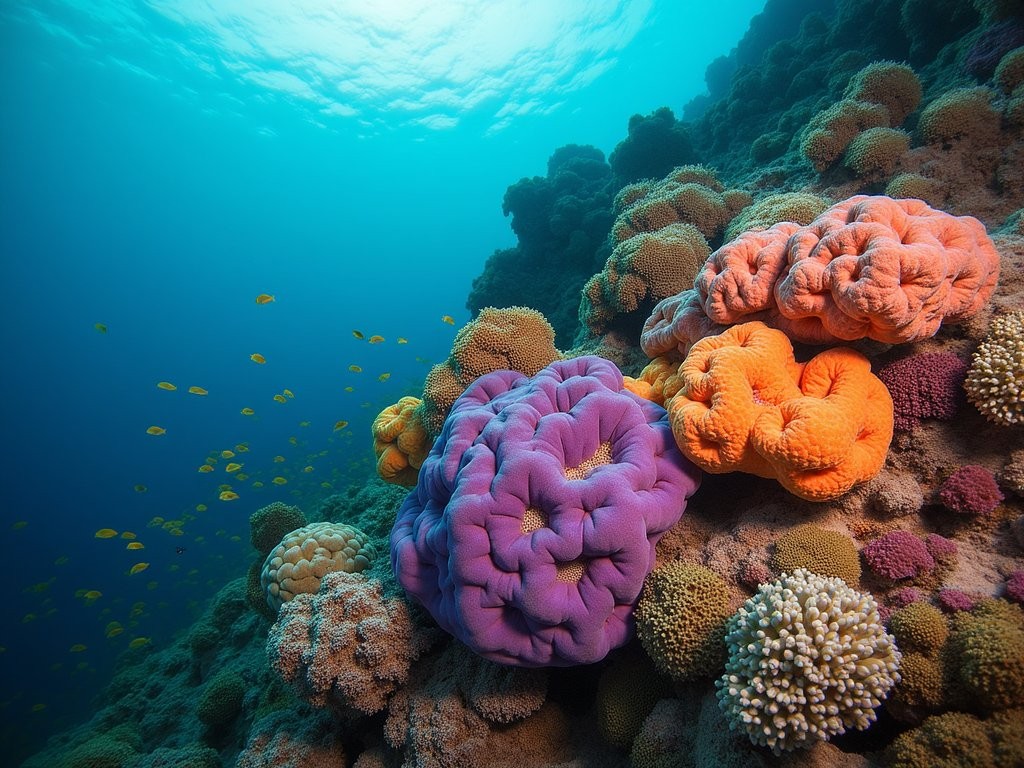
💡 Pro Tips
- Schedule your wreck diving and reef diving on alternate days to appreciate the contrast between historical and natural sites
- The best visibility typically occurs during the changing tides—ask your dive center to time dives accordingly
- Bring a reef hook for current-exposed sites like Grand Central Station to observe pelagic species without expending energy
Cultural Connections: Understanding the Solomon Islands' WWII Legacy
Between diving days, I discovered that Gizo's WWII history extends far beyond its underwater museums. The conflict shaped the Solomon Islands in profound ways that continue to influence local culture, politics, and daily life. As someone who typically seeks out cultural connections through food markets and local literature, I found myself on a different kind of cultural journey here—one centered on oral histories and living memory.
Many locals I met had grandparents who directly experienced the war, serving as scouts for Allied forces or witnessing pivotal battles that unfolded around their homes. At Sanbis Resort, I spent an unforgettable evening with an elder whose father had guided John F. Kennedy after the sinking of PT-109. His stories, passed down through generations, offered perspectives rarely found in Western historical accounts.
I arranged a visit to a nearby village where community members have preserved artifacts recovered from the jungle over decades—everything from dog tags to mess kits to personal effects that tell the human story behind the military campaign. What struck me was the complexity of local attitudes toward this history. The war brought tremendous suffering but also created connections and relationships that transformed island life.
Kennedy Island (formerly Plum Pudding Island), where JFK and his crew swam after their patrol boat was rammed by a Japanese destroyer, has become a popular day trip for visitors. Standing on its small beach, reading the commemorative plaque while looking out over waters that hide so many wrecks, creates a powerful connection to the events that unfolded here.
To better understand the historical context before my dives, I'd brought along a comprehensive guide that detailed the Solomon Islands campaign. Having this historical framework enhanced my underwater experiences tremendously, allowing me to visualize the battles that led to each sinking and appreciate the strategic importance of the very waters I was exploring.
What I hadn't expected was how this immersion in war history would affect me personally. My grandfather had served in the Pacific during WWII, though he rarely spoke about his experiences. Diving among the wrecks of Gizo somehow brought me closer to understanding that chapter of his life. It was a connection across time that I hadn't anticipated but that added emotional depth to every dive.
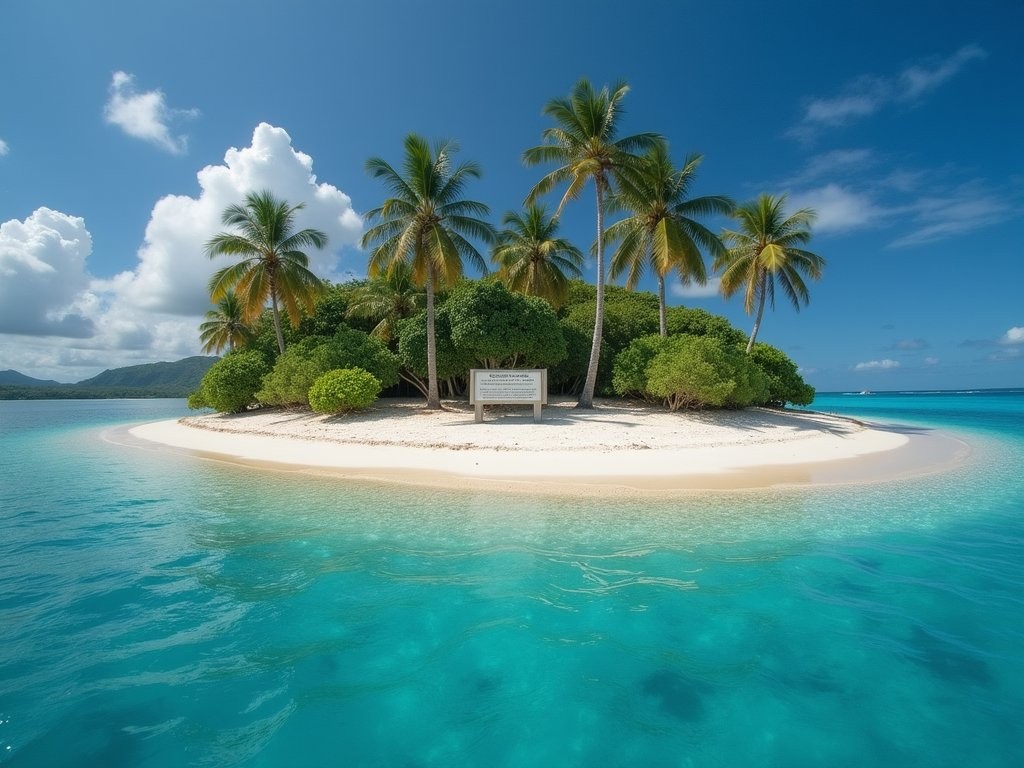
💡 Pro Tips
- Visit the local museum in Gizo town to see recovered artifacts and learn about the region's WWII history before your dives
- Arrange a village visit through your resort to hear firsthand stories from elders with family connections to the war
- Bring small gifts (school supplies are appreciated) if visiting local communities
Practical Considerations for Your Gizo Wreck Diving Adventure
Transitioning from my usual family travel style to this advanced diving expedition required significant preparation. For those inspired to follow in my flipper steps, here's what you need to know to make your Gizo wreck diving adventure both safe and extraordinary.
Certifications and Experience
First and foremost, this is not a destination for diving beginners. Most of Gizo's signature wrecks sit at depths requiring at least Advanced Open Water certification, and many of the most rewarding penetration dives should only be attempted by those with wreck specialties or technical certifications. I spent three months before my trip refreshing my deep diving skills and completing a Wreck Diver specialty course—preparation that proved invaluable when navigating through the Toa Maru's narrow corridors.
If you're an experienced diver but lack specific wreck training, consider arriving a few days early to complete a specialty course with one of the local dive operations. Both Dive Gizo and Sanbis Resort offer excellent training opportunities in the very waters where you'll be diving.
Logistics and Accessibility
Reaching Gizo requires patience and planning. International flights arrive in Honiara, the capital, followed by a domestic flight to Gizo's uniquely charming airport—a tiny island where the runway occupies nearly the entire landmass. Boats transfer passengers from the airstrip to their accommodations.
I recommend building buffer days into your schedule, as domestic flights can be affected by weather and mechanical delays. These buffer days aren't wasted—they provide opportunities to explore Honiara's National Museum and WWII sites like Bloody Ridge before continuing to Gizo.
Health and Safety
The remoteness that keeps Gizo pristine also means limited medical facilities. The nearest recompression chamber is in Honiara, making dive insurance not just recommended but essential. I use dive insurance which includes emergency evacuation coverage—a must for diving in remote locations.
Malaria prevention is necessary in the Solomon Islands. Consult your travel doctor well before departure about appropriate prophylaxis, and pack plenty of repellent for evenings on shore. I found lightweight, long-sleeved sun protection clothing invaluable for both sun and mosquito protection between dives.
Packing Considerations
Beyond standard diving equipment, specific items enhanced my Gizo experience significantly:
- A 3-5mm wetsuit was perfect for multiple daily dives in 82-84°F water
- A powerful dive light for illuminating wreck interiors
- A surface marker buoy and reel for safety in areas with boat traffic
- A waterproof notebook for recording wreck details and marine life sightings
- Spare mask straps and fin straps (replacements aren't readily available)
While luxury resorts offer laundry services, packing quick-dry clothing helps manage the humid climate. Remember that baggage allowances on domestic flights are strictly enforced—arrange excess baggage in advance if traveling with full dive gear.
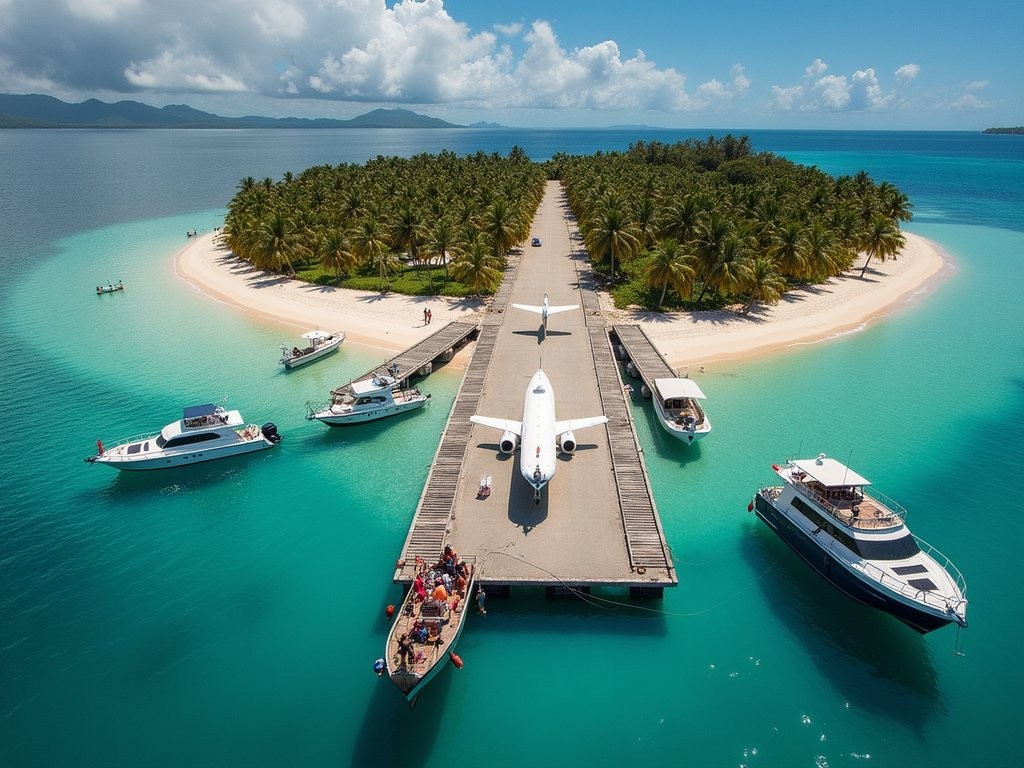
💡 Pro Tips
- Book flights with significant connection time in Brisbane or Sydney when traveling from the US to accommodate potential delays
- Bring twice as many memory cards as you think you'll need—the underwater photo opportunities exceed expectations
- Pack essential medications and spare prescription masks if needed, as these are impossible to replace locally
Final Thoughts
As my seaplane lifted off from Gizo's waters on my final day, I pressed my face against the window for one last glimpse of the blue expanses hiding so much history beneath their surface. This journey had taken me far from my usual travel patterns—no farmers markets to explore, no local bookshops to discover—yet it connected me to something equally profound: the intersection of human history and natural resilience.
The wrecks of Gizo aren't just dive sites; they're underwater memorials, classrooms, and living museums that tell stories of conflict, sacrifice, and nature's power to transform. They remind us that beneath the surface—of oceans and of history—lie complexities worth exploring, understanding, and preserving.
If you're an advanced diver seeking something beyond the typical tropical reef experience, Gizo offers an adventure that engages both body and mind, challenging your diving skills while expanding your historical perspective. Just remember to approach these sites with the reverence they deserve—they are, after all, the final resting places of those who never returned home from a distant war.
Until my next adventure (which might just take me back to farmers markets and bookstores!),
Jean
✨ Key Takeaways
- Gizo offers some of the most historically significant and well-preserved WWII wreck diving in the Pacific
- Advanced certification and wreck diving experience are essential for safely exploring most sites
- The combination of historical wrecks and pristine reefs makes Gizo unique among diving destinations
📋 Practical Information
Best Time to Visit
May to November (dry season with best visibility)
Budget Estimate
$6,000-$10,000 for a two-week trip including flights, luxury accommodation, and diving
Recommended Duration
10-14 days to fully experience the diversity of dive sites
Difficulty Level
Advanced - Requires At Minimum Advanced Open Water Certification And Previous Wreck Diving Experience

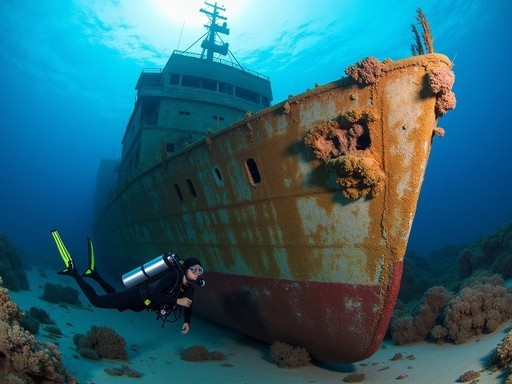
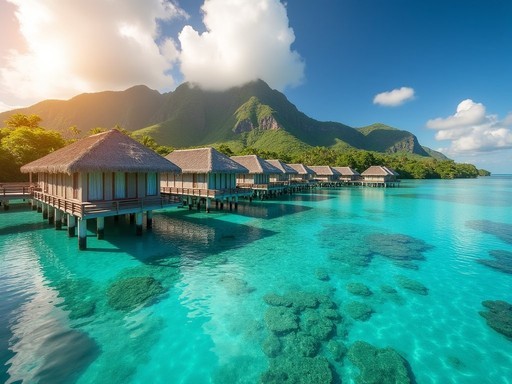


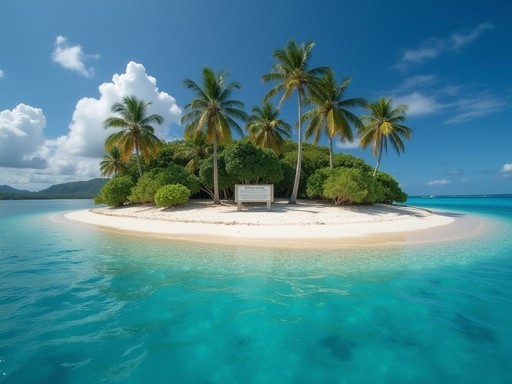











Comments
escapeking
JUST BOOKED MY TRIP TO GIZO FOR JANUARY!!! Can't wait to see these wrecks in person! Your underwater photography is STUNNING Jean!
Jean Ward
That's fantastic! You're going to have an amazing time. Feel free to DM me if you need any specific recommendations!
coffeegal
Just booked my flights to Gizo after reading this!!! SO EXCITED! Been diving for 15 years and somehow never made it to the Solomons. Jean - quick question, did you find the currents manageable? I'm traveling solo and a bit worried about drift dives without a buddy I know well. Also wondering about camera gear - planning to bring my underwater setup but curious if you found a wide angle or macro lens more useful for the wrecks?
Jean Ward
You're going to love it! Currents were site-dependent - some wrecks are in protected areas with minimal current, while a few sites can get pretty strong. The dive operators are great about checking conditions and adjusting plans accordingly. For photography, definitely prioritize wide angle for the wrecks - you'll want to capture those massive structures! Macro is great for the reef dives between wreck explorations.
sunsetway
Jean, your article couldn't have come at a better time! I'm a history buff and avid diver planning my 2026 trips. The way you described swimming through the Toa Maru's engine room gave me chills. I've done wreck diving in Chuuk Lagoon and Coron, but Gizo seems to offer something unique with that mix of Japanese and American wrecks in such clear water. Question - did you find the local dive guides knowledgeable about the historical aspects? That's something I really appreciate when diving historical sites. Also, how was the journey getting there? I've heard the connections can be tricky.
Jean Ward
The guides were incredibly knowledgeable! Many are descendants of locals who witnessed the actual battles. As for getting there, it's definitely remote - I flew to Honiara then took a small plane to Gizo. The seaplane option I mentioned in the article is newer and more convenient but pricier. Worth every penny though!
Riley Griffin
Just got back from Gizo with my oldest son (his graduation present!) and wanted to add a few practical tips: 1) Definitely bring your own dive computer as rental equipment can be limited. 2) The Solomon Islands use the Australian power plug, so pack adapters. 3) While Gizo has some luxury options now, ATMs are still unreliable - bring enough cash! 4) If you're traveling with non-divers like my wife and younger kids were, the snorkeling is phenomenal too - they saw plenty from the surface while we explored the wrecks below. Jean, your section on the reef systems was spot on - the soft corals near Kennedy Island were some of the most vibrant we've seen anywhere in the Pacific!
starzone
Thanks for the tips Riley! How was the internet connection there?
Riley Griffin
@starzone Spotty at best! Good enough to send basic messages, but don't count on video calls or streaming. Perfect excuse to disconnect!
wavetime
This looks amazing but I'm a bit nervous about the remoteness. How's the medical facilities there if something goes wrong?
globepro
They have a recompression chamber in Honiara (main island) but not in Gizo itself. Most dive operators have emergency oxygen and first aid training. Definitely get good dive insurance though - DAN or similar that covers emergency evac.
escapehero
This looks amazing but I'm only PADI Advanced certified. Are these wrecks accessible for my level or do I need technical diving certification?
Jean Ward
Great question! Most of the wrecks I mentioned are accessible with Advanced Open Water. The Toa Maru's deeper sections require more experience, but the upper decks are around 20-30m. Perfect for AOW divers!
escapehero
That's a relief! Booking my trip now. Thanks Jean!
Marco Flores
I dove Gizo last year and it was absolutely mind-blowing! The Toa Maru wreck was like stepping back in time - I could almost hear the echoes of war as I swam through the cargo holds. What really surprised me was how the marine life has reclaimed these war machines. There was this beautiful juxtaposition of destruction and rebirth that I haven't experienced anywhere else. Jean, your description of the visibility was spot on - crystal clear even at 30 meters. Did you get a chance to explore the fighter plane near Plum Pudding Island? That was my personal highlight!
Jean Ward
Thanks Marco! Yes, I did dive the fighter plane - absolutely surreal experience. The cockpit is so well preserved!
sunsetway
Marco - how many dives did you do in total while in Gizo? Trying to plan my trip length.
Marco Flores
@sunsetway I stayed for 6 days and did 10 dives total. Wish I'd planned for at least 8-9 days though!
starzone
Wow! Those wreck photos are incredible. Adding this to my bucket list right now!
Kimberly Murphy
Jean, you've captured the magic of Gizo perfectly! I led a women's adventure group there in 2024 and it was unanimously our favorite dive destination ever. For anyone planning a trip: the seaplane option Jean mentioned is worth every penny - the aerial views of the islands are spectacular. Also, the local guides have incredible historical knowledge about the battles that created these wrecks. Ask them about their grandparents' stories from the war - absolutely fascinating oral history that you won't find in textbooks. Can't wait to go back!
globepro
Just got back from Gizo last month and can confirm everything Jean wrote is spot on. The viz was incredible - easily 30+ meters on most days. We spent 10 days and did 18 dives (mix of wrecks and reefs). The Japanese freighter was my favorite - those massive guns still intact after 80 years underwater is mind-blowing. Pro tip: bring your own dive computer as rental gear can be limited. The reef systems between dives were just as impressive as the wrecks - saw more sharks in a week than my last 3 dive trips combined!
Venture X
Premium card with 2X miles, $300 travel credit, Priority Pass